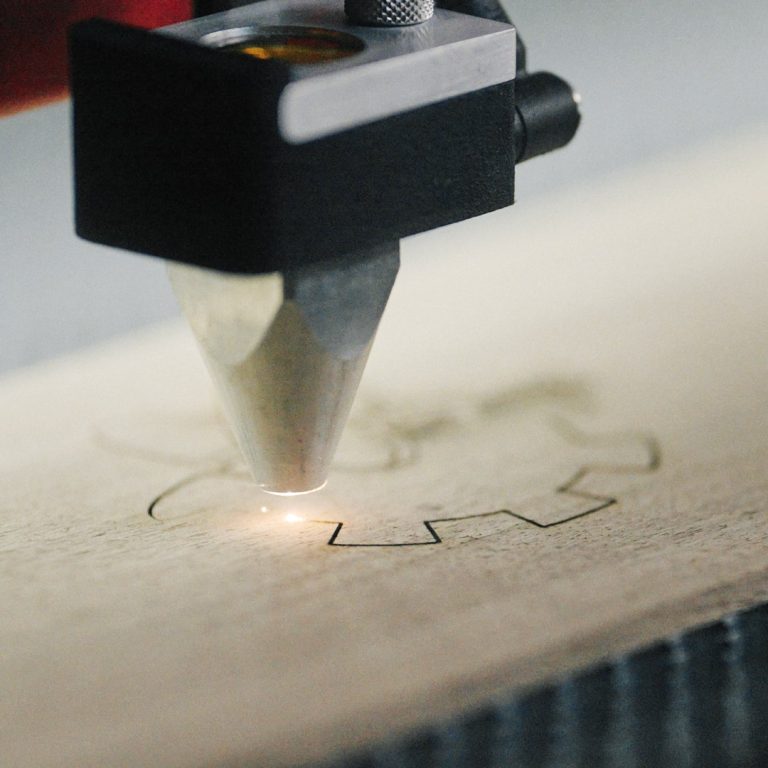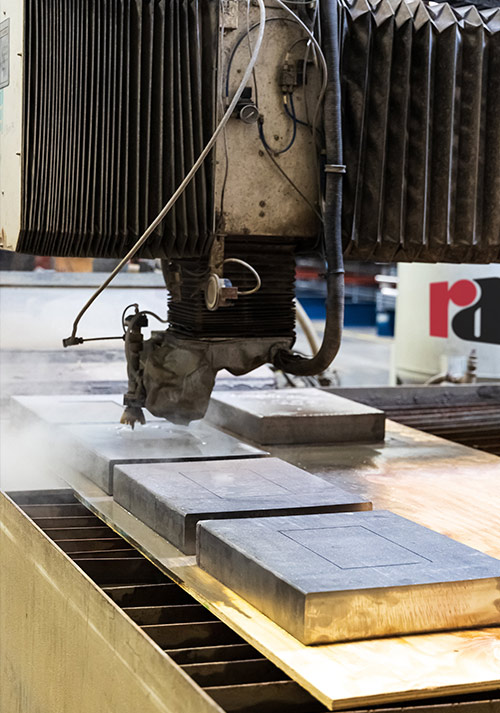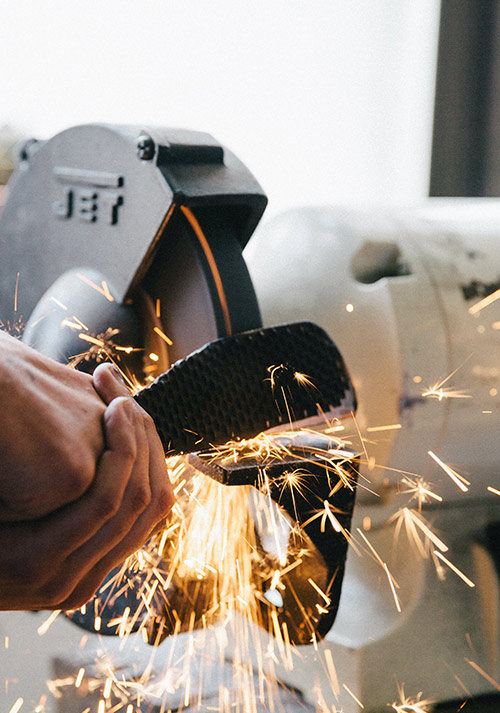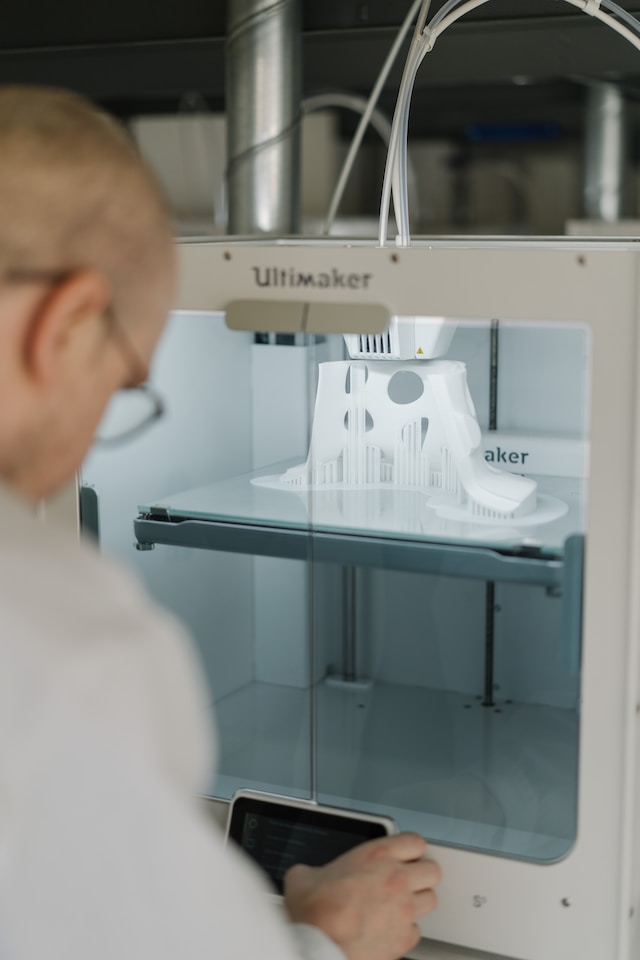- CNC Machining
- Waterjet Cutting
- Welding
- Sheet Metal Fabrication
- 3D Printing
| CNC Machining | Waterjet Cutting | Welding | Sheet Metal Fabrication | 3D Printing | ||
Laser | CNC Machining | Waterjet Cutting | Welding | Sheet Metal Fabrication | 3D Printing | |
| High precision and accuracy | ||||||
| Ability to cut intricate designs and patterns | ||||||
| Smooth edges and minimal material waste | ||||||
| Wide range of materials can be cut | ||||||
| Ability to create complex geometries |







